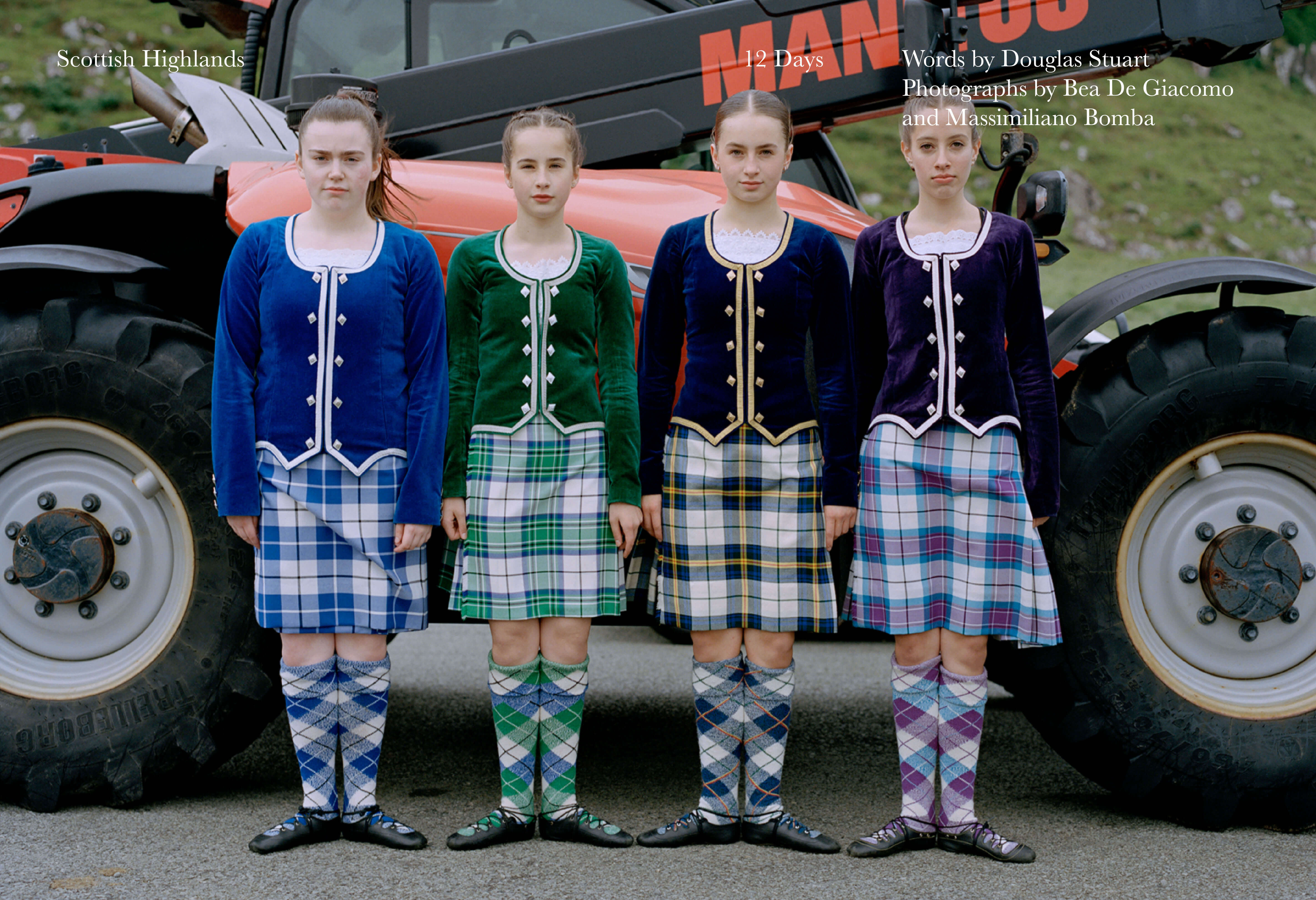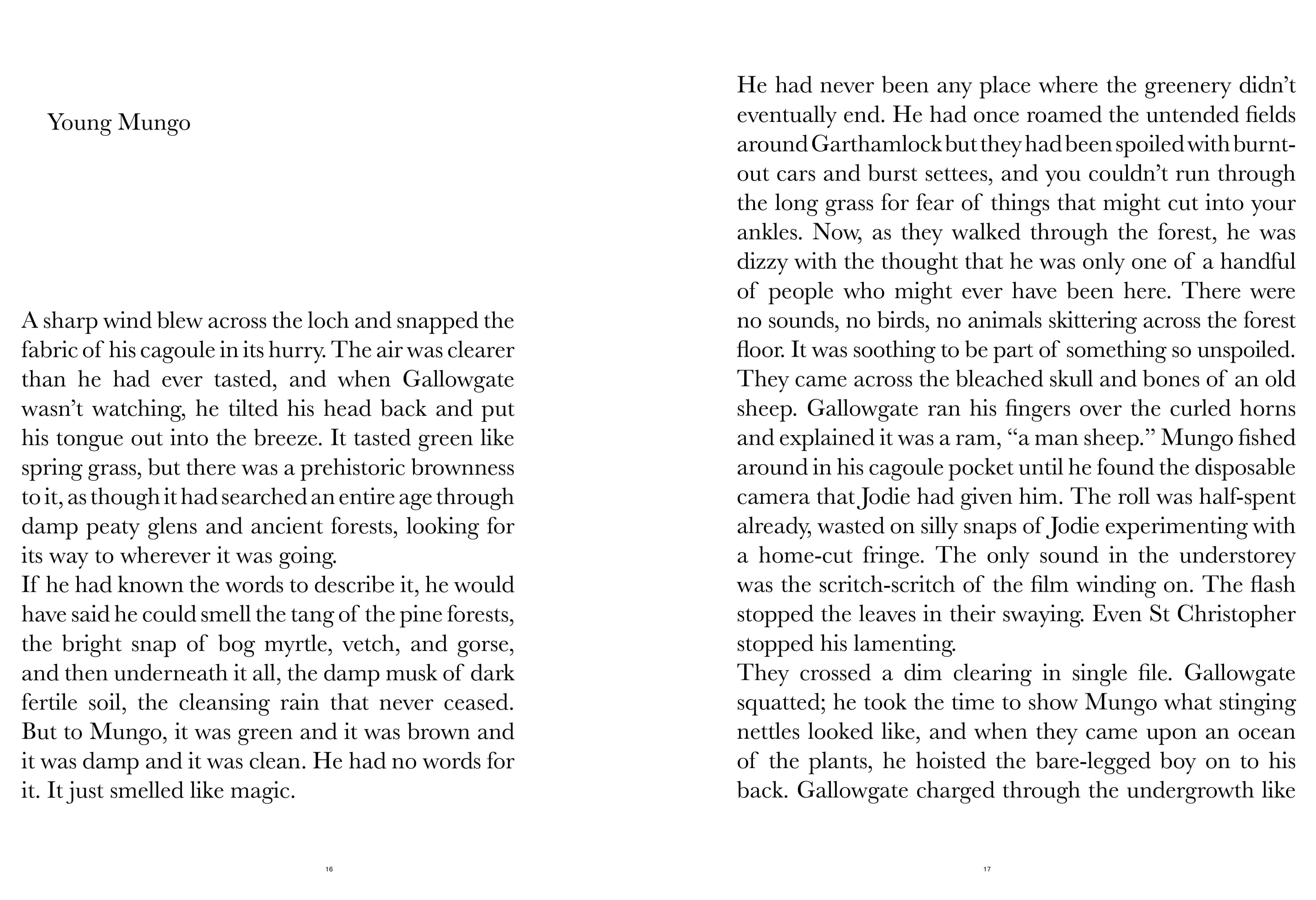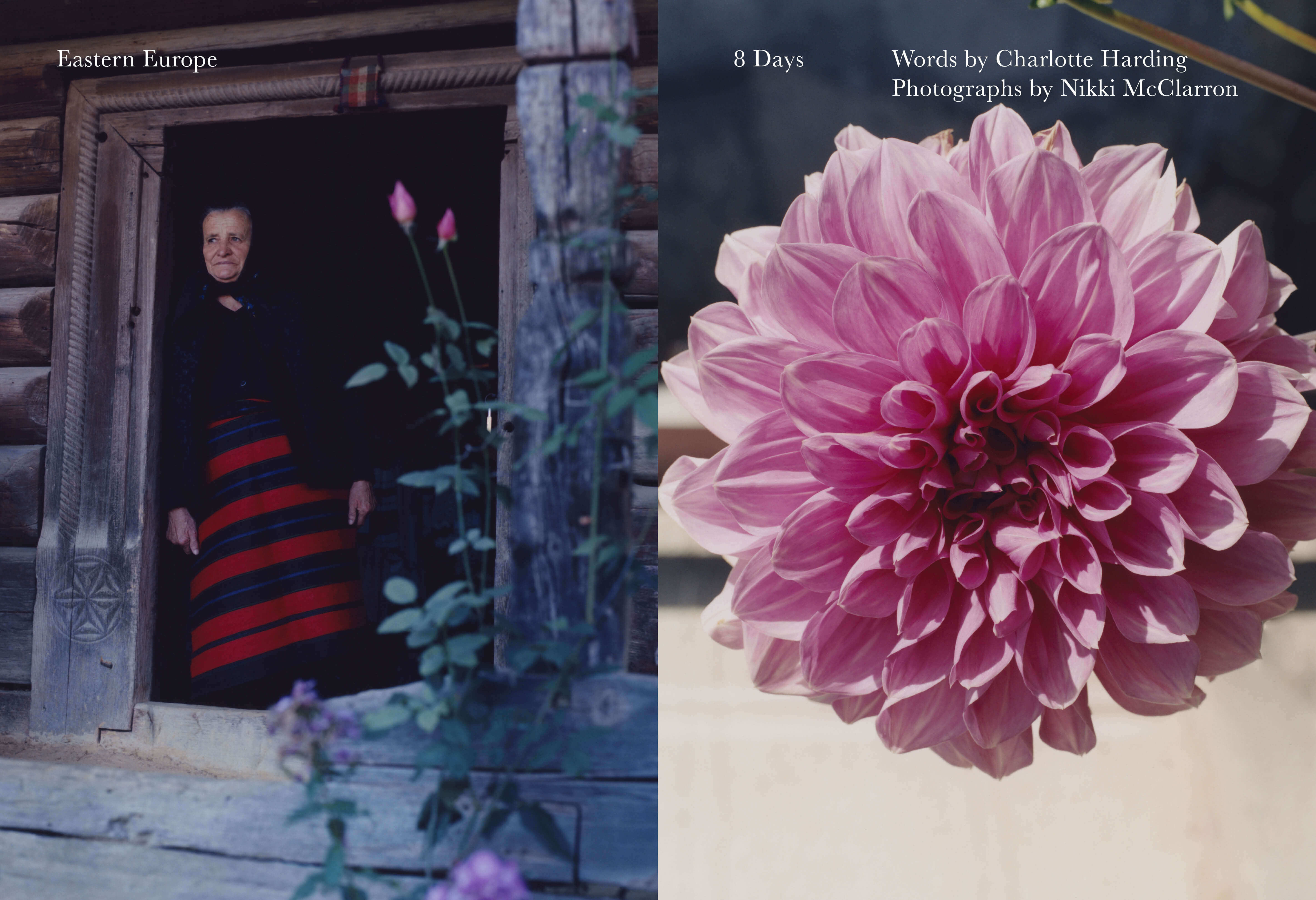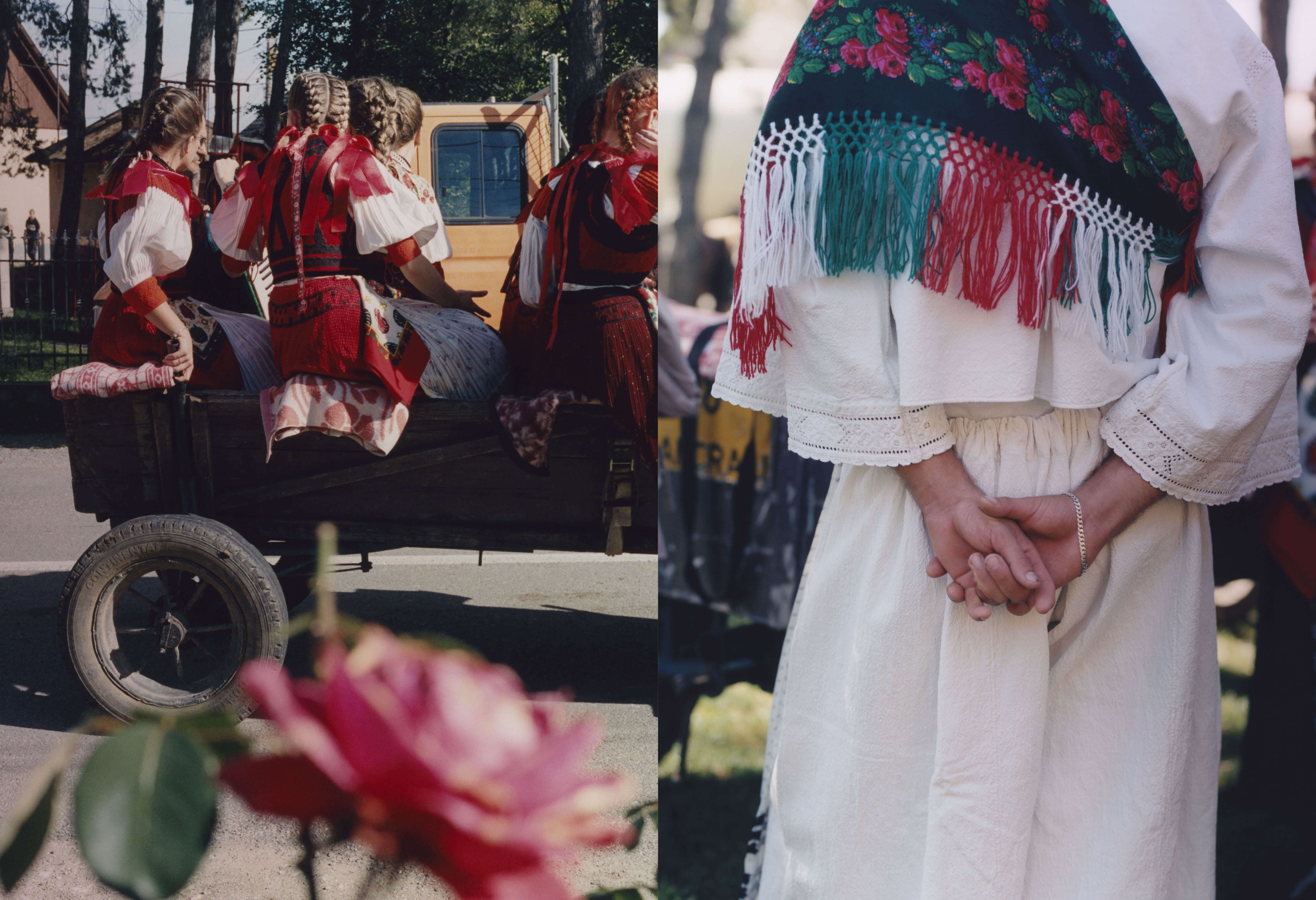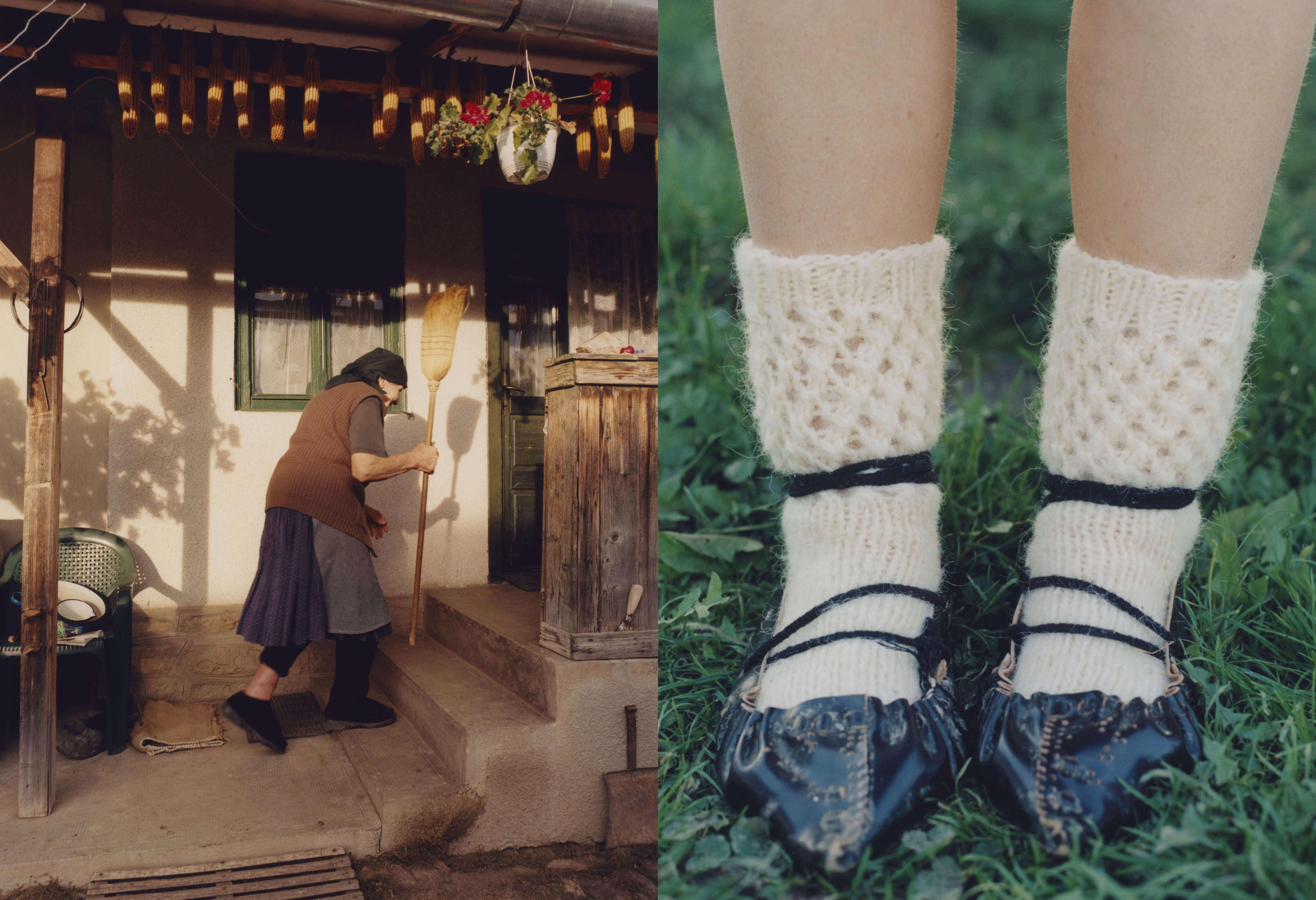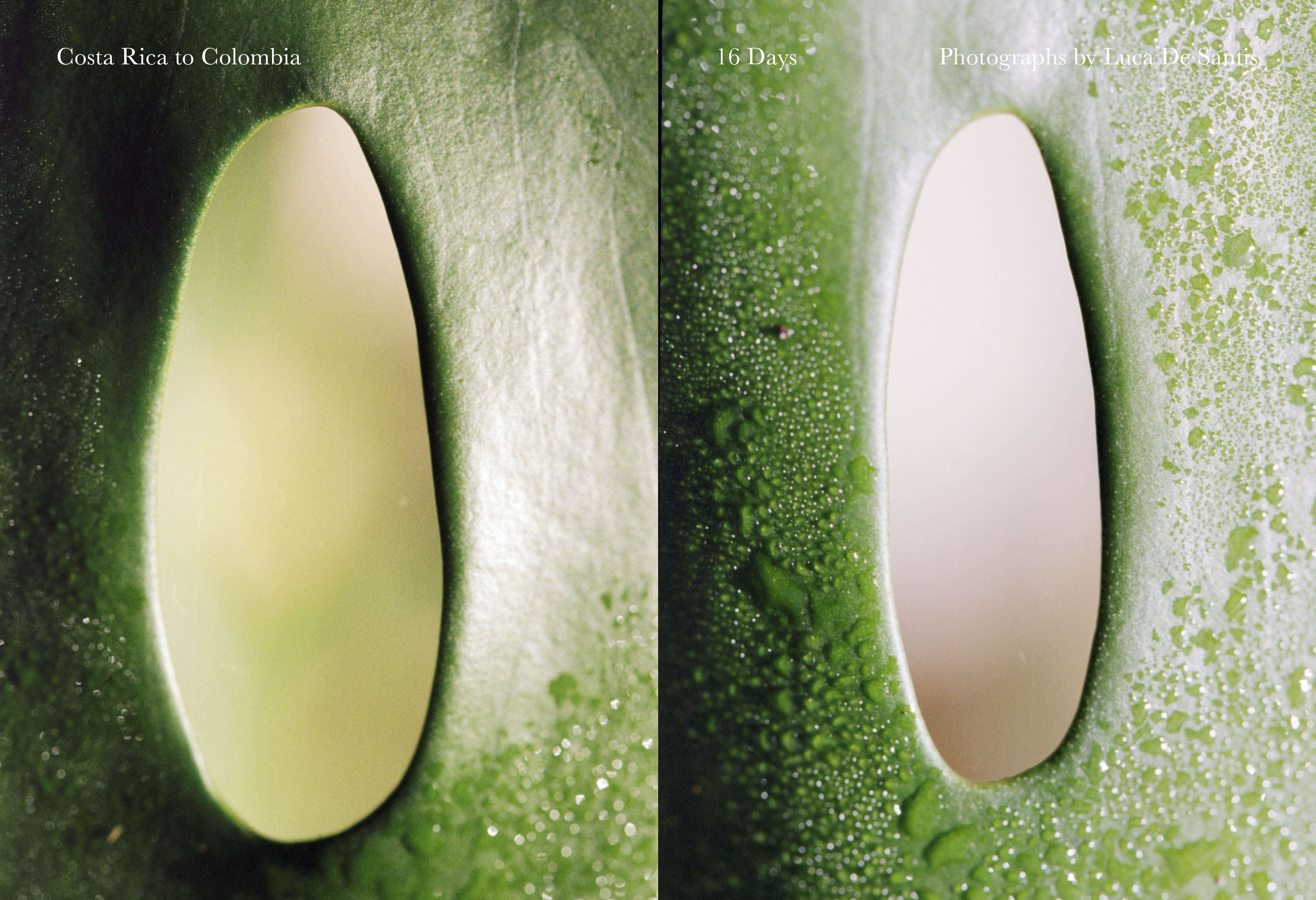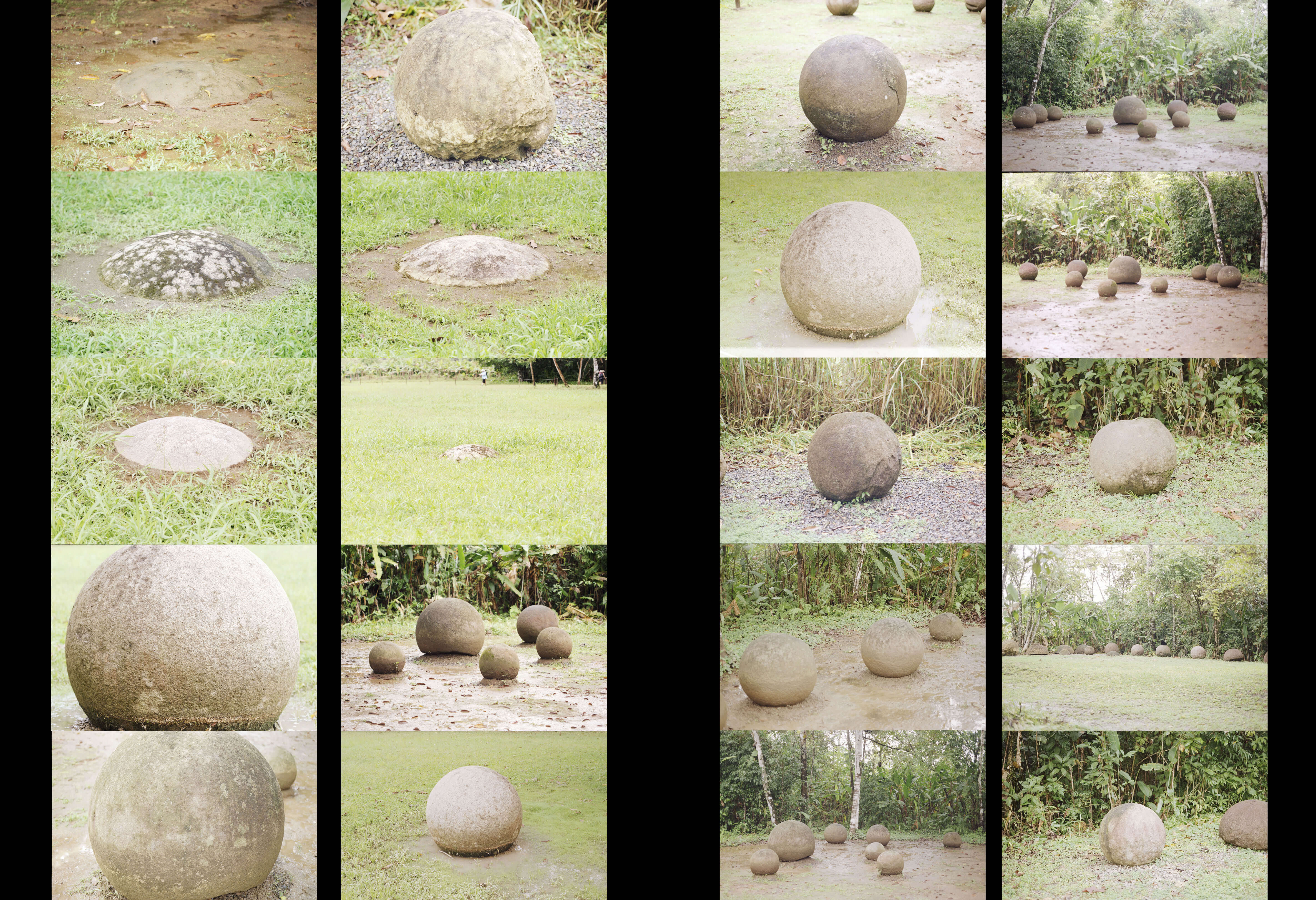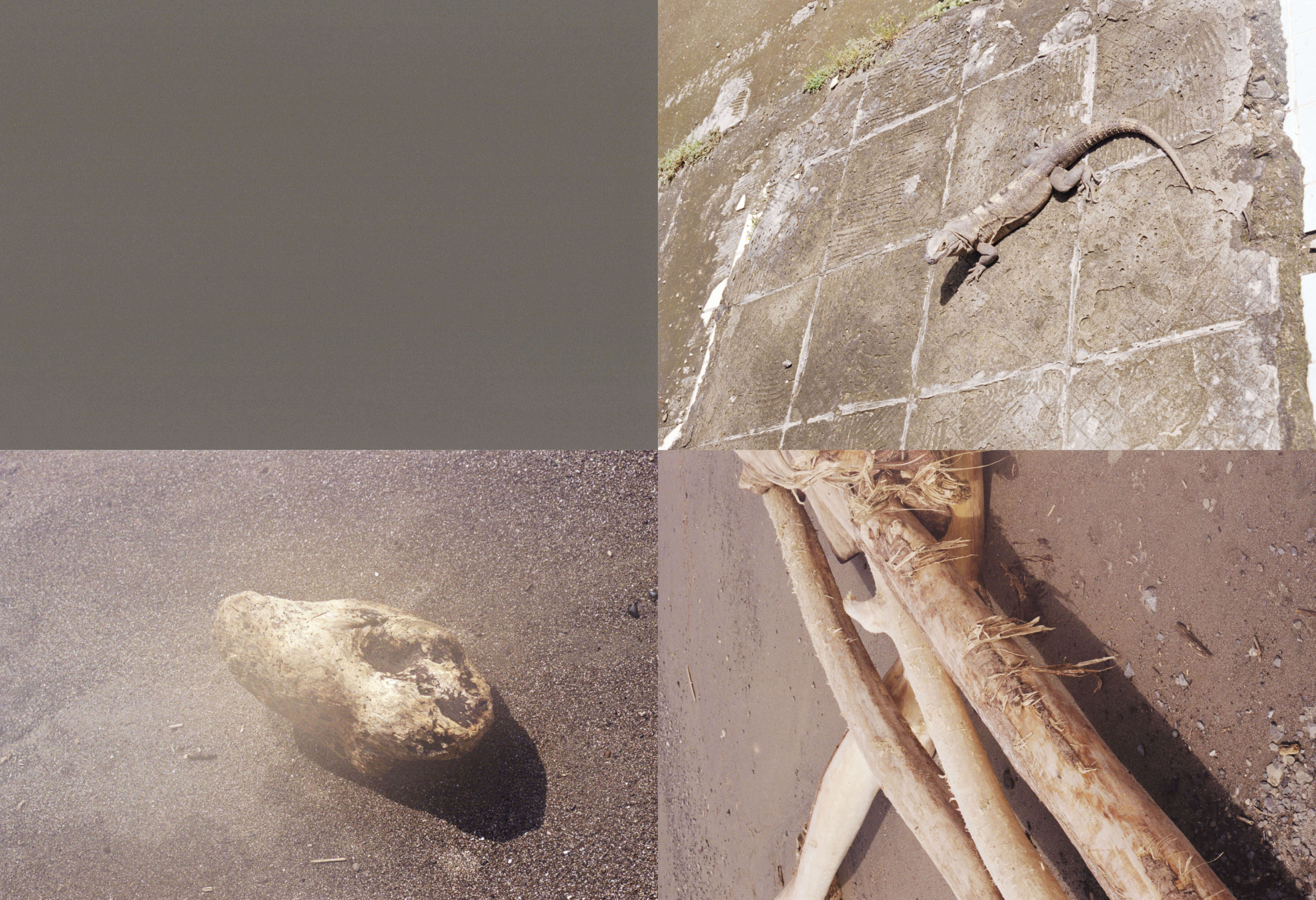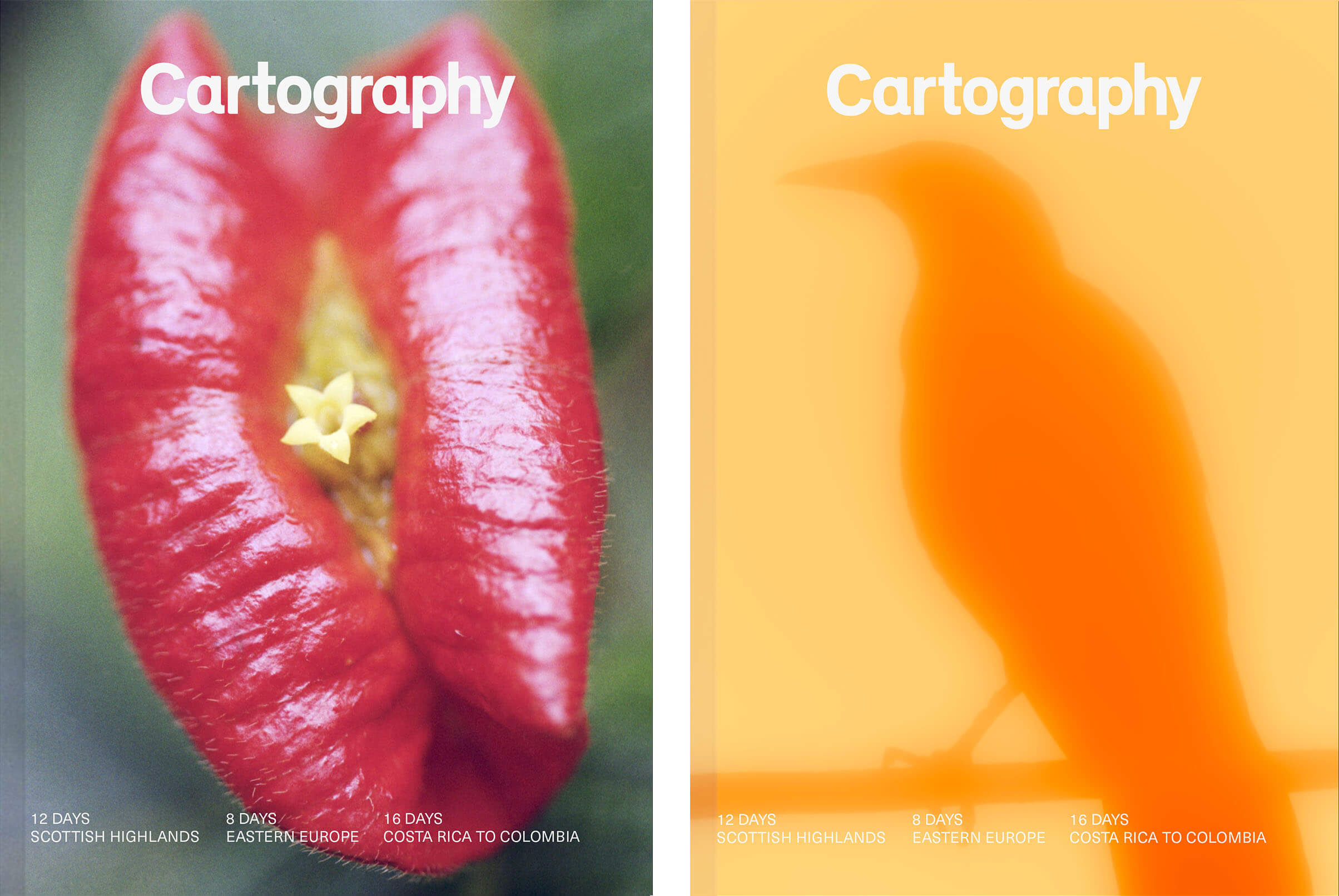
TO LOOK WITHOUT FEAR: THE PHOTOGRAPHS OF WOLFGANG TILLMANS SEEN BY THE CURATOR CLOE PICCOLI
Tillmans is interested in the process that, starting from the image, reproduced in different contexts such as magazines, books, postcards, galleries and museums, nightclubsand music videos, record covers, posters, architectural spaces and theatrical stages, activates new dynamics of non-hierarchical, decentralized relationships, open to differences. Might the mediated image at times be more impactful or enduring than a direct experience of the work? Might it be equally significant, even if different?
THE SCOTTISH HIGHLANDS, A JOURNEY BY THE PHOTOGRAPHER BEA DE GIACOMO AND THE DIRECTOR MASSIMILIANO BOMBA. TEXT BY DOUGLAS STUART FROM THE BOOK “YOUNG MUNGO”.
A sharp wind blew across the loch and snapped the fabric of his cagoule in its hurry. The air was clearer than he had ever tasted, and when Gallowgate wasn’t watching, he tilted his head back and put his tongue out into the breeze. It tasted green like spring grass, but there was a prehistoric brownness to it, as though it had searched an entire age through damp peaty glens and ancient forests, looking for its way to wherever it was going.
FOLK IN THE HEBRIDES, BY LISA ROVNER
In 1938, the couple bought the Isle of Canna. In Shaw’s own words: It’s smaller than its neighbors. When you are sailing towards it you’ll see how very green it is. There are high cliffs to the North and the South but the rich grass grows to the very edges of them. I’m often asked if this isn’t a lonely life. It is not. People who work with animals are never lonely. I remember visitors arriving onshore from a yacht one lovely summer day. “You’re far from the world here” said the yachtsman. I’m in the center of my world was the reply.
EASTERN EUROPE. TRAVELLING WITH THE PHOTOGRAPHER NIKKI MCCLARRON AND THE WRITER CHARLOTTE HARDING
Serpents of steam rise from pots on roofs. Mist hovers in neat pockets. Footprints of dew. Roses pruned to perfection. Single rows, tall blades of grass, drinking in the October air and sunshine. On the street stands an old house. Age and names carved above a wood- en gate, along with tulips. Each window peering, gleaming with poised pots of jam. Eaves heaving, with memories and moments unseen. In lace-lined hallways cabbages nestle. Grapes fill bowls.
THE ARTIST LUCA TREVISANI VISITING THE LOOS HOUSE, BETWEEN PRAGUE AND PILSEN
The edifying art of Adolf Loos seems to be all about surfaces. You immediately get the urge to catalogue it all, make a list of materials, shapes and textures, a detailed list of the quantities, proportions and associations, as befits the reactants in a chemical reaction, by definition specific and unsubstitutable.
THE URBAN ECOSYSTEM. TEXT BY MENNO SCHILTHUIZEN, EVOLUTIONARY BIOLOGIST. PHOTOGRAPHS BY LUCA DE SANTIS, TRAVELLING ALONG THE PACIFIC COAST, FROM COSTA RICA TO COLOMBIA
If we city dwellers would only open our eyes to the fascinating process of urban evolution and the novel ways in which urban biodiversity creates a food web, our enjoyment of living in a city would be enhanced. We may think there is no nature left in our concrete jungles, but if we look carefully, on our daily walks through our neighborhood, we will see the evidence of a rich and fascinating ecosystem all around us.


